Resources
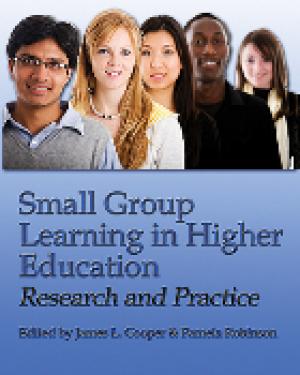
This volume contains material on research based teaching techniques for use in higher education. The focus is on small group learning procedures. None of this material has previously appeared in book form. Twenty of the articles first appeared in the Cooperative Learning and College Teaching newsletter that Jim Cooper and Pamela Robinson edited from 1990 to 1999. These articles address applications of small group learning within a variety of academic disciplines. (From the Publisher)
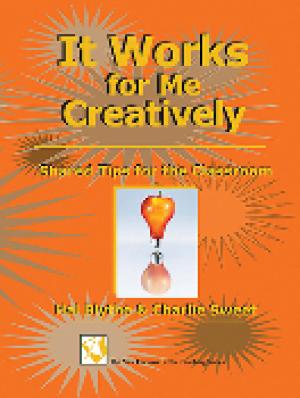
The authors’ purpose in this seventh book in the “It Works for Me” series is to demonstrate that “everyone possesses creative talent, though it may be latent in some and difficult to bring out in others.  It’s not just a talent possessed by artists and engineers, mind you, but everyone.”  Furthermore, “Creative people have figured out consciously or un- that a small seed of creativity can be made to grow by having the proper environment and a minimal set of skills.  And people can be taught or self-taught this process.” The authors/editors also believe that “all creative ideas link themselves to other creative ideas to develop something new and useful, be it a concept, a process, or a product.  In order to disseminate and perpetuate [their] belief that the creative impulse resides in all of us, [they] have asked a host of friends to demonstrate it with essays and practical tips touching on supportive creative environments, strategies that foster and enhance creativity, and assessments that demonstrate creativity has indeed taken place.” (From the Publisher)
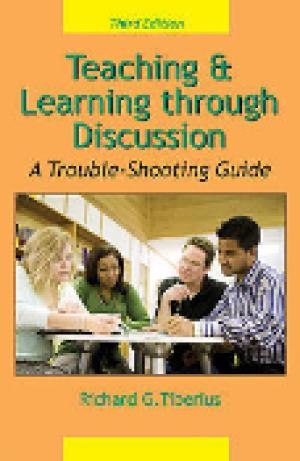
If your class is ever bored, hostile, aggressive or just not quite right, this teaching improvement manual is for you! Packed with proven tips for making small class teaching more effective, it is full of advice that is easy to apply and aimed at solving day-to-day teaching problems quickly. Well organized and designed to help lift flagging classroom morale and interaction, the book provides specific practical suggestions for a broad range of problems that teachers of all age groups regularly encounter, including: • dealing with problems of group goals, whether goals are unclear, unattainable, or unacceptable; • solving problems of group interaction, whether the group lacks interaction, is dominated by the group leader, or fails to share the interaction; • motivating the group and yourself when either begins to “tune out” or when students don’t cooperate. (From the Publisher)
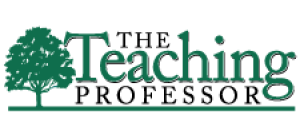
Journal Issue.

In June of 2008, teams from diverse campuses across the country came together to explore and create programs aimed at enhancing the religious literacy of their students. The Society for Values in Higher Education sponsored this Institute for Religion on Campus and Community, with funding from the Jesse Ball duPont foundation. This publication is a description of the diverse curricular and co-curricular projects developed at these institutions. Miriam Diamond and her colleagues in the Society for Values in Higher Education have produced a wonderful little volume that deals with a major contemporary problem in higher education: how to foster religious literacy across the American academic landscape. This is a vexed (and vexing) problem in the American academy, and the authors have made a major contribution – which continues the tradition of Bellah, Wuthnow, and Prothero. To quote contributor Nancy Thomas, “American civil society seems less than civil”. (From the Publisher)
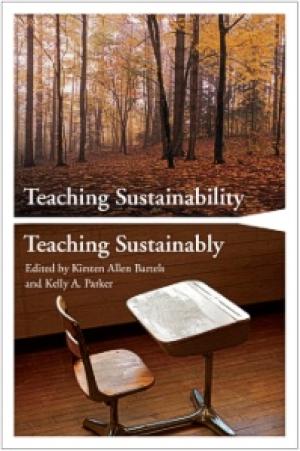
Over the coming decades, every academic discipline will have to respond to the paradigm of more sustainable life practices because students will be living in a world challenged by competition for resources and climate change, and will demand that every academic discipline demonstrate substantial and corresponding relevance. This book takes as its point of departure that integrating a component of sustainability into a discipline-specific course arises from an educator asking a simple question: in the coming decades, as humanity faces unprecedented challenges, what can my discipline or area of research contribute toward a better understanding of these issues? The discipline need not be future-oriented: an archaeologist, for instance, could incorporate into a course some aspects of sustainable archaeological practices in areas threatened by rapid climate change, as well as examples of sustainable or unsustainable ways of living practiced by members of the long-gone society under investigation. This book also argues that courses about sustainability need to cross disciplinary boundaries, both because of the inter-relatedness of the issues, and because students will require the ability to use interdisciplinary approaches to thrive through the multiple careers most of them will face. The contributions to this book are presented under four sections. “Sustainability as a Core Value in Education” considers the rationale for incorporating sustainability in disciplinary courses. “Teaching Sustainability in the Academic Disciplines” presents eight examples of courses from disciplines as varied as agriculture, composition, engineering, and teacher education. “Education as a Sustainable Practice” reviews how the physical environment of the classroom and the delivery of instruction need themselves to reflect the values being taught. The final section addresses the issues of leadership and long-term institutional change needed to embed sustainable practice as a core value on campus. (From the Publisher)
Reviews programs such as the Carnegie Academy for the Scholarship of Teaching and Learning and literature on the scholarship of teaching at the higher education level. Suggests that the scholarship of teaching is not synonymous with excellent teaching, but requires faculty to "go meta," to systematically investigate questions of student learning. Also examines issues of credibility, openness, and sustainability.

Susan Peck MacDonald here tackles important and often controversial contemporary questions regarding the rhetoric of inquiry, the social construction of knowledge, and the professionalization of the academy. MacDonald argues that the academy has devoted more effort to analyzing theory and method than to analyzing its own texts. Professional texts need further attention because they not only create but are also shaped by the knowledge that is special to each discipline. Her assumption is that knowledge making is the distinctive activity of the academy at the professional level; for that reason, it is important to examine differences in the ways the professional texts of subdisciplinary communities focus on and consolidate knowledge within their fields. MacDonald’s examination concentrates on three sample subdisciplinary fields: attachment research in psychology, Colonial New England social history, and Renaissance New Historicism in literary studies. By tracing, over a period of two decades, how members of each field have discussed a problem in their professional discourse, MacDonald explores whether they have progressed toward a greater resolution of their problems. In her examination of attachment research, she traces the field’s progress from its theoretical origins through its discovery of a method to a point of greater conceptual elaboration and agreement. Similarly, in Colonial New England social history, MacDonald examines debates over the values of narrative and analysis and, in Renaissance New Historicism, discusses particularist tendencies and ways in which New Historicist articles are organized by anecdotes and narratives. MacDonald goes on to discuss sentence-level patterns, boldly proposing a method for examining how disciplinary differences in knowledge making are created and reflected at the sentence level. Throughout her work, MacDonald stresses her conviction that academics need to do a better job of explaining their text-making axioms, clarifying their expectations of students at all levels, and monitoring their own professional practices. MacDonald’s proposals for both textual and sentence-level analysis will help academic professionals better understand how they might improve communication within their professional communities and with their students. (From the Publisher)
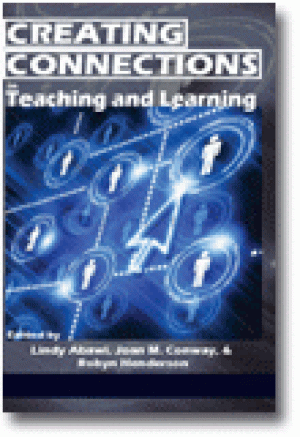
This book explores the wide range of contexts in which research into creating connections in learning and teaching may take place. Creating connections can encompass making links, crossing divides, forming relationships, building frameworks, and generating new knowledge. The cognitive, cultural, social, emotional and/or physical aspects of understanding, meaning-making, motivating, acting, researching, and evaluating are explored as constituent forms of creativity in relation to such connections. From this exploration the authors identify varied connective contexts and means which include the learner, the educator, the organisation, and the relevant community. The crossing of divides, forming learner-educator relationships, bringing together diverse groups of learners, establishing networks and partnerships among educators, and establishing links between organisations and communities are all considered as connections which can be created by and within the learning and teaching dynamic. By examining the factors which help to facilitate and/or restrict the possibilities for creating connections in educational contexts, implications for and outcomes of learning and/or teaching arise from the connections created. The final chapter of this book will explicate the realisations that have emerged for educators and researchers working to create connections. These offer suggestions for future directions and enunciate what and how connections might contribute to both educational institutions and the broader society. (From the Publisher)

This book explores how the principles and practices of Ignatian pedagogy overlap and intersect with contemporary feminist theory in order to gain deeper insight into the complexities of today's multicultural educational contexts. Drawing on a method of inquiry that locates individual and collective standpoints in relation to social, political, and economic structures, this volume highlights points of convergence and divergence between Ignatian and feminist pedagogies to explore how educators might find strikingly similar methods that advocate common goals—including engaging with issues such as race, gender, diversity, and social justice. The contributors to this volume initiate a dynamic dialogue that will enliven our campuses for years to come. (From the Publisher)